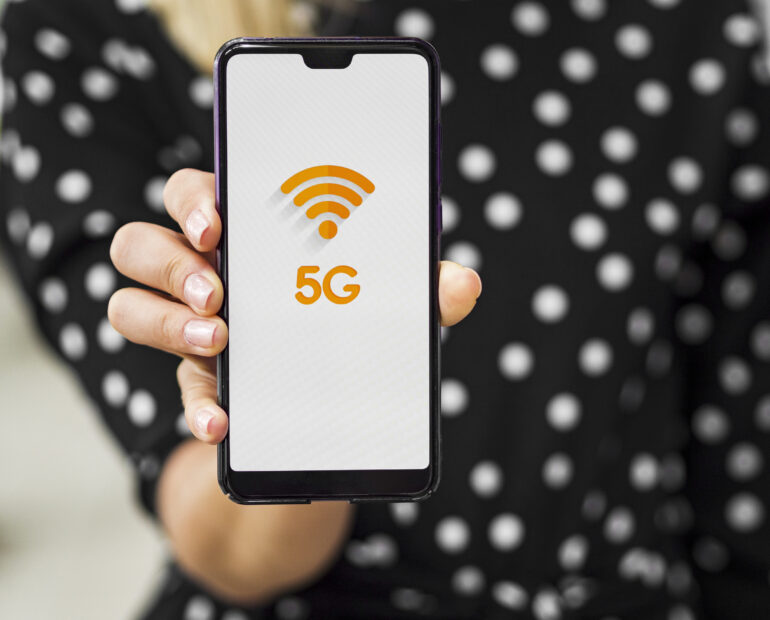With the speed at which technology is growing, you can’t afford to lag behind. It is time to get on board with the unpreventable — 3G decommissioning. You have probably noticed that 3G networks are out of date.
But what does that mean for you?
3G decommissioning is not only about upgrading devices or changing service plans. It is an important step to free up much-needed spectrum to improve the 4G and, eventually, the 5G experience.
To use the LTE network for what it’s capable of, you’ll have to decommission the 3G network completely. The shift is necessary to ensure that your business remains competitive in an increasingly digital world.
If you don’t act now, you’ll find yourself losing the race for innovation. Let’s examine how you can transition through this smoothly and keep your operations and services ahead of the curve.
1. Planning for Network Evolution and Futureproofing

When planning the transition from 3G to 4G and 5G, you need to make sure your network infrastructure is ready. Developing a detailed roadmap towards 3G decommissioning is crucial in easing the transition.
The best step would be to evaluate your current network capacity and determine if and how it can be upgraded or replaced to embrace 4G and 5G technologies. So, you need to think not only about short-term but long-term needs as well to ensure that your infrastructure will handle current needs and take you into the future.
Moreover, you must stay on top of industry trends so your company is always ahead of the curve and can stay competitive as new technologies emerge. Carefully mapping out your transition will help you prevent service disruptions and provide an uninterrupted client experience.
2. Cost Management and ROI Analysis
For the decommissioning of 3G, you’ll want to manage costs to maximize ROI. Since you are transitioning to newer technologies such as 4G and 5G, you have to conduct a thorough analysis to understand the financial implications of that.
First, you must calculate the potential savings from removing maintenance and infrastructure costs related to 3G. But don’t forget to consider what it will cost to enhance software, hardware, and training.
However, by carefully planning these expenses, you can keep disruptions to a bare minimum and minimize unnecessary spending. Think about the long-term financial benefits of a more efficient network with faster speeds, better coverage and better service offerings that could bring in more customers.
As you evolve to 4G/5G, you need to make sure that the purchase is worth that initial investment with clear ROI so that you can justify the upfront costs and show that, in the end, the investment will deliver a real return. With a strategic approach to cost management, the transition will be cost-effective while providing a return.
3. Customer Communication and Support

As you switch away from 3G, effective communication with your clients is important. In fact, you will need to tell them about the upcoming decommissioning well in advance so they have enough time to prepare for the changes.
If they rely on 3G-specific technology, it’s essential to explain clearly how the transition might affect their current services. Alongside this, you should also provide dedicated channels to help answer any questions and solve any concerns that may arise during the process.
Opening lines of communication allows you to build trust and reduce the possibility of disruptions for your clients. Also, make sure to inform them of the way the transition will help improve the speeds, connectivity, and security!
4. Data Security and Compliance
While transitioning away from 3G, it should be a top priority to ensure data security and regulatory compliance. Your new network infrastructure must be checked to ensure it meets standards or data protection regulations.
While the shift from 3G to 4G/5G brings new security considerations, you need to be aware of potential vulnerabilities that could arise in the shift. Also, you should stay up to date on the latest compliance requirements for your industry to comply with legal and regulatory rules.
Doing so will save you from data breaches, keep client information private, and protect you from any compliance penalties. Securing the transition is essential for your services and your company’s reputation so that you can maintain the integrity of the services you offer.
5. Evolving Service Offerings and Value Propositions

Switching to 4G and 5G gives you the opportunity to re-engineer your service offerings and enhance your value proposition. Faster speeds and improved connectivity offered by 4G and 5G provide another chance to introduce enhanced services like better IoT connectivity, real-time data processing, more efficient mobile apps for your customers, and so forth.
Use these new technologies to deliver unique solutions to your clients, providing them with higher productivity, lower latency, and more reliable performance. Besides, 4G/5G networks allow you to implement new business models that offer services that are impossible with 3G phones, like advanced AI apps and HI-DEF video streaming.
Positioning yourself as a leader in adopting these technologies will differentiate your business from the competitors. This will not only help you keep your clients but also gain new clients looking for the latest and high-performance solutions.
Conclusion
Navigating the path from 3G to 4G/5G should happen strategically by considering network evolution, cost management, customer communications, security and service enhancement. Planning ahead, managing your costs, and being proactive to support your business and your clients will ensure that this is a seamless transition for your business and your clients.
By embracing new technologies, you will unlock new opportunities and better services and become a company that offers innovative solutions to your customers. By paying such close attention to detail, you’ll not only keep disruptions to a minimum but also unveil the full potential of next-generation networks for a growing and ultimately successful future.






